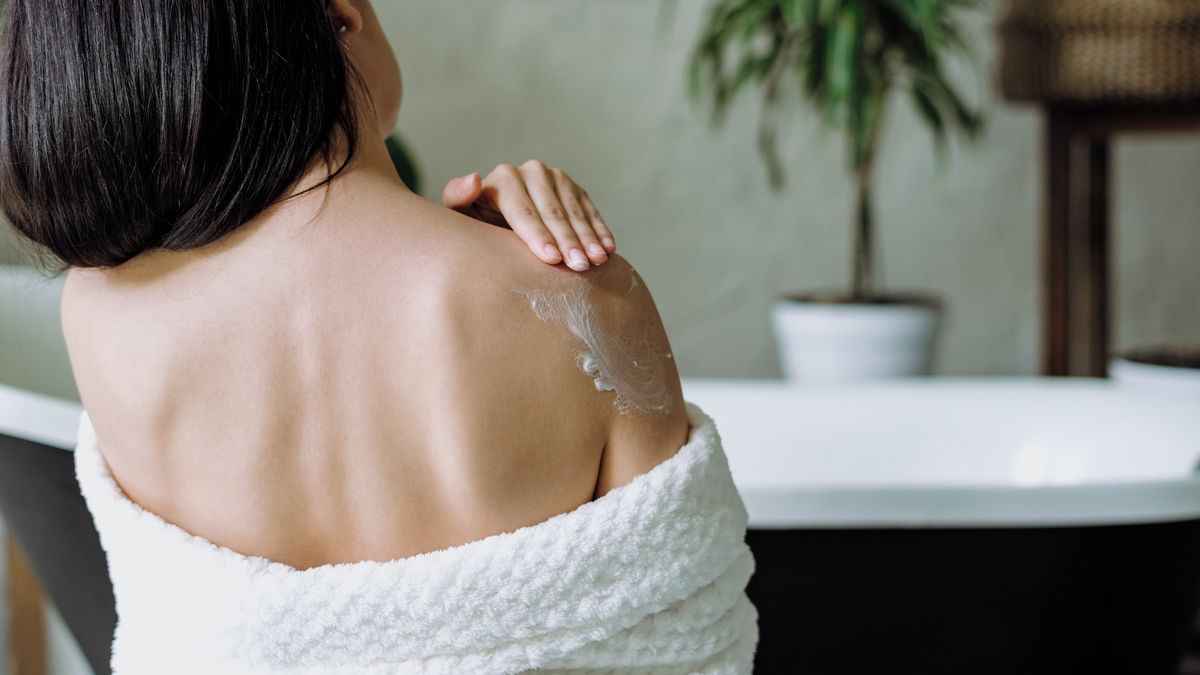Cotton vs Synthetic Fabrics: Which is Better for Acne?
For those in the beauty industry, particularly beauticians, understanding the nuances of facial and body care is paramount. Acne, a common skin issue, often leads us to ponder on seemingly minute details like the kind of fabrics we use on our skin. A frequently debated topic is the choice between cotton vs synthetic for acne. Many professionals and consumers alike wonder how the fabric they wear can affect their skin's health. Environmental factors, lifestyle choices, and even clothing materials can significantly impact acne formation.

The Battle of Fabrics: Cotton vs Synthetic
Cotton has long been hailed as a skin-friendly fabric due to its natural, breathable, and moisture-absorbing properties. It allows the skin to breathe, potentially reducing the chances of a breakout. Synthetic fabrics, on the other hand, while often more durable and cost-effective, can trap heat and moisture, creating a favorable environment for bacteria to thrive.
How Cotton Fabric Can Help
Cotton's innate properties make it an ideal choice for people who have sensitive skin or are prone to acne. Its ability to wick away moisture helps keep the skin dry. Moreover, by avoiding the trapping of heat against the skin, the use of cotton can assist in reducing the risk of acne in humid weather.
The Downside of Synthetic Material
While some people might enjoy the lucidity and style offered by synthetic fabrics, beauticians often advise caution. Synthetics can trap moisture, turning your wardrobe into a breeding ground for bacteria that can exacerbate acne. The lack of breathability in synthetic materials means that the skin cannot effectively rid itself of natural oils and sweat, which can be problematic.
Does Fabric Choice Really Matter?
When it comes to managing or preventing acne, every detail counts, including the fabrics we choose to wear and sleep in. Beauticians stress the importance of selecting the right fabric to keep the skin clear. This choice becomes even more pivotal for those who know the struggle of body acne. Many turn to cotton for its non-irritating qualities.
External Factors that Affect Acne
Aside from fabric choice, other elements like proper underwear care and personal hygiene also play critical roles in skin health. Being informed about your options and the external factors that can impact your skin is crucial, especially for those in the beauty industry.
Making the Right Choice
Given the information, its easy to see why many beauticians lean towards recommending cotton over synthetics. It's more than just a fabric choice; it's about taking an extra step in skincare. If you're looking to maintain clear skin or advising someone on the best practices, it's wise to consider fabrics with care. Resources such as additional body acne hacks add valuable insights.

FAQ
Does fabric impact acne?
Yes, the fabric can significantly affect acne. Breathable materials like cotton can help reduce breakouts, while synthetic fabrics might worsen the condition by trapping heat and moisture.
How can beauticians help in selecting fabrics?
Beauticians can provide guidance based on individual skin types and conditions, advising on the most appropriate materials to use for clothing and bedding, as well as recommending skincare products.
Where can I find more information on skincare and fabrics?
Various online resources, like seamless underwear tips, can provide additional guidance on choosing the right fabrics and care tips for sensitive skin.
This article contains affiliate links. We may earn a commission at no extra cost to you.

